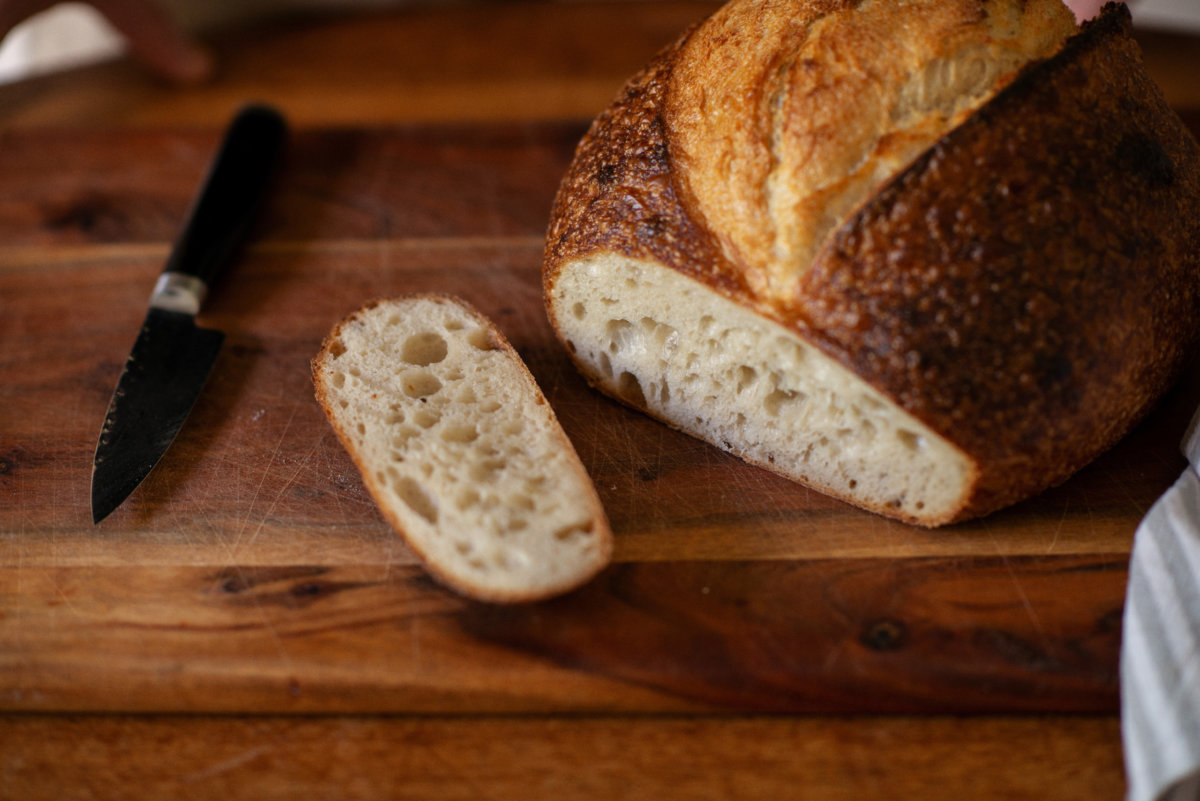
114—
Artisan Sourdough Bread
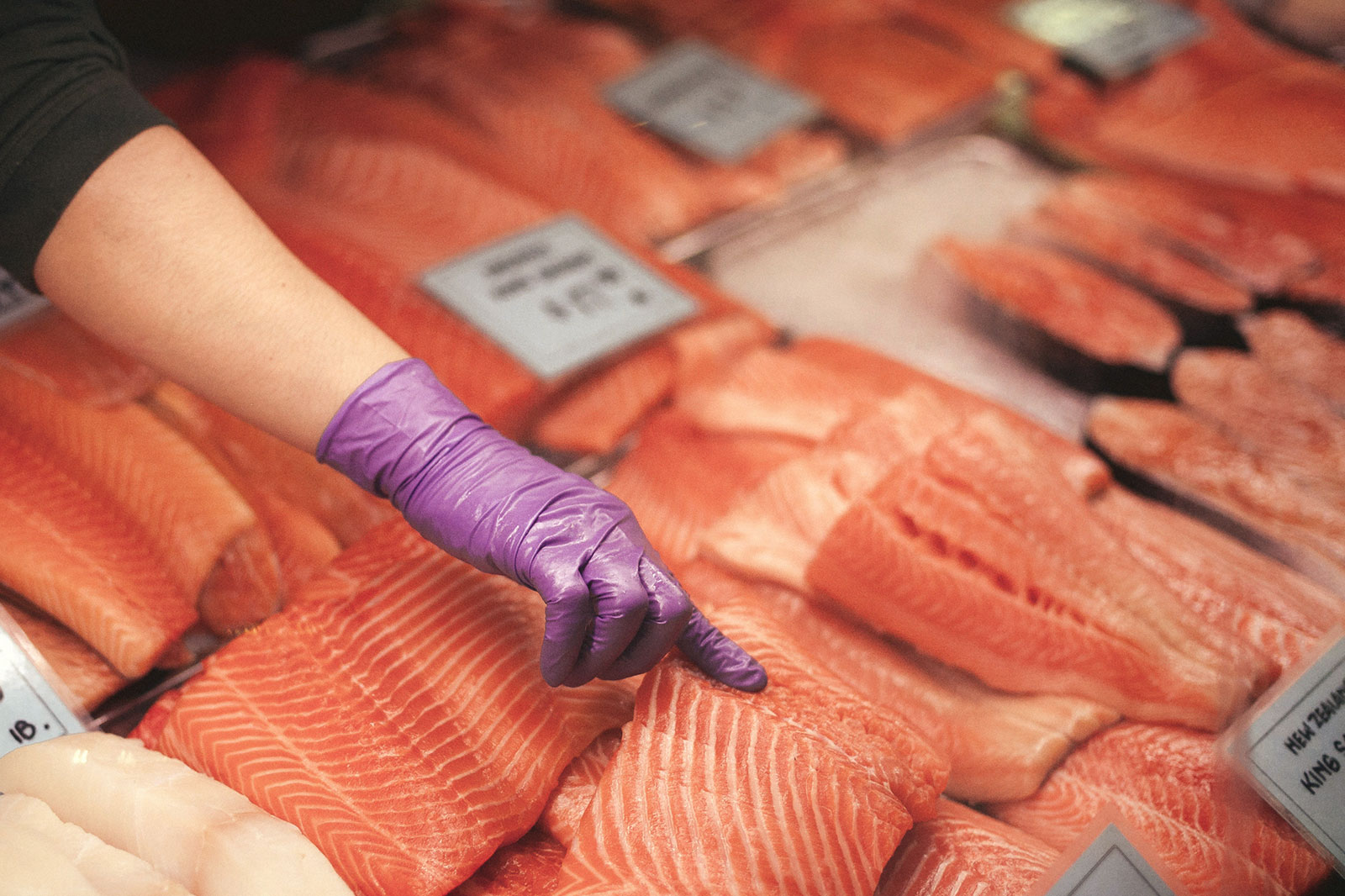
When I enquire with my clients about how much seafood they eat weekly (usually to assess their iodine intake), they often respond with “Salmon” as part (or all) of their quota. Unfortunately for them, New Zealand Farmed Salmon doesn’t necessarily count as a reliable source of ‘seafood’… let alone a reliable source of iodine.
FYI: Here’s a previous blog-post that I wrote on iodine deficiency.
Half of the fish consumed globally is now farm raised1. (This type of farming is called Aquaculture.) In New Zealand farmed Salmon is big business and is farmed on a significant scale. We farm King Salmon here. (AKA: Chinook, Quinnat, or Spring.)
Note: You’ll know when you’re not eating the farmed variety of Salmon when the labelling – or the menu – makes a big deal out of it being ‘Wild’ or ‘line caught’. Obviously they will also want to be handsomely rewarded for what is fast becoming a rare delicacy. More on this below.
Our Salmon are generally either farmed in fresh water (Canterbury, Otago and Tasman) or in sea-water (Marlborough Sounds, Stewart Island and Akaroa Harbour).
Note: Wild King Salmon are born in fresh water, then spend most of their life at sea until they return to fresh water to spawn.
Salmon is technically not ‘sea’ food at all — if it is raised in a fresh-water farm. And, in both instances the diet of this ‘seafood’ is determined by the farmer — and not by Mother Nature.
Note: The Salmon in sea-cages will absorb some of the iodine that is naturally present in seawater… However, just how do you know if your Salmon was raised in salt or fresh water unless it’s specifically labelled on the package? More on this below.
I’ve updated this blog-post (at the very bottom) with the emails that I received from:
Sarah Priggs (from Pead PR) on behalf of New Zealand King Salmon (NZKS), and
Adam Hicks, the Communications Manager for Aquaculture New Zealand (AQNZ).
I’ve also included my responses back to them 😉
FYI: To date, I’m still waiting to hear back from them in regards to my concerns – and to the questions that I asked (which I was invited to do).
I’ve also updated the availability of wild Salmon – for purchase – in New Zealand.
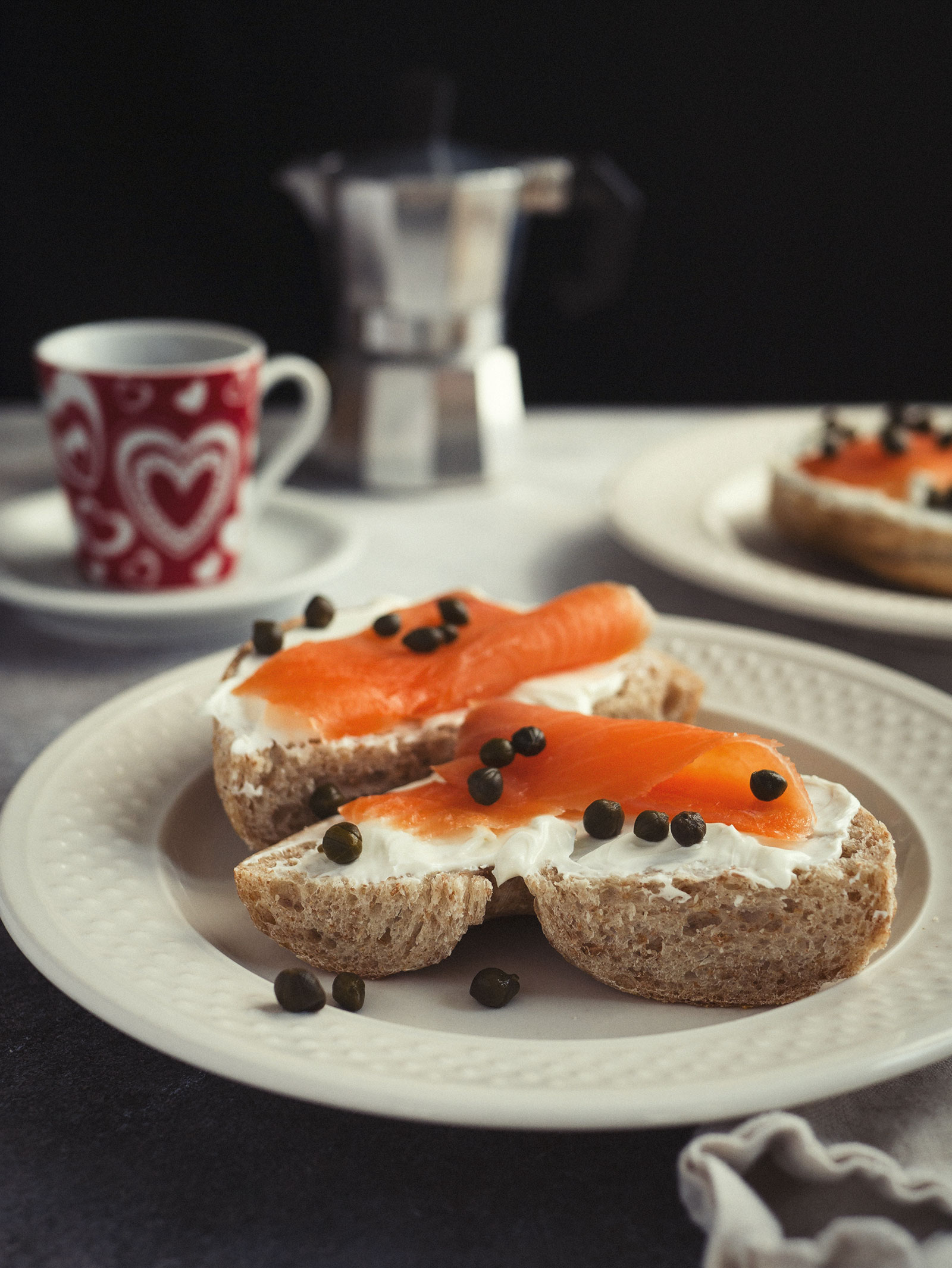
Whereas wild Salmon eat organisms found in their natural environment (zooplankton, small invertebrates, smaller fish, shrimp, krill), the majority of New Zealand farmed Salmon are kept in sea-cages and fattened up on a processed, high-fat, high-protein feed2.
But — what’s even worse than this?
Note: Might I suggest that you brace yourself by ‘butt clenching’ before reading this next bit…?
New Zealand Farmed Salmon is primarily fed a diet of abattoir byproducts — off-cuts from poultry processing — including feather-meal, as well as blood-meal from cattle, pigs and sheep!3,4,5
(Are you all thinking what I’m thinking — Mad Salmon Disease…?)
So, as much as it pains me to say this to you — you Pescatarians — if you’re consuming New Zealand Farmed Salmon, you’re – inadvertently also consuming animals!
Note: Most NZ farmed Salmon only derive a small proportion of their diet from marine sources. This generally consists of fish-meal (around 10%) and fish oil (around 7%). Apparently it’s not sustainable to feed seafood to fish. (It’s not sustainable for the company – not the planet – I bet.)
Again, if the restaurant menu just says ‘Salmon’, you can guarantee that it’s farmed.
However, most upmarket restaurants will state on the menu that their Salmon is “Ora King Salmon” or “Glory Bay Salmon” — so its still farmed, but it will be less intensely farmed, leading to a better quality of fish.
Note: If you visit the Ora website to discover what they feed their Salmon it says: “Our feed contains ingredients based on the nutritional requirements of wild Salmon. Our Salmon are fed a nutritionally balanced diet, formulated by feed experts”. Then if you read the ‘antioxidant’ section… it actually says, well, nothing of relevance to the Salmon’s actual diet – just to ours. Hmmm.
Then if you go onto Glory Bay’s website… well, let’s just say they would be raving about their Salmon’s diet if it was actually a thing to rave about!
Are you picking-up-what-I’m-putting-down? It’s all just ‘smoke screens & mirrors’ – very much like the dairy industry in New Zealand…😤
Here’s a blog-post that I wrote on NZ’s dairy industry:
Do we really need ‘Dairy’ to get calcium in our diets?
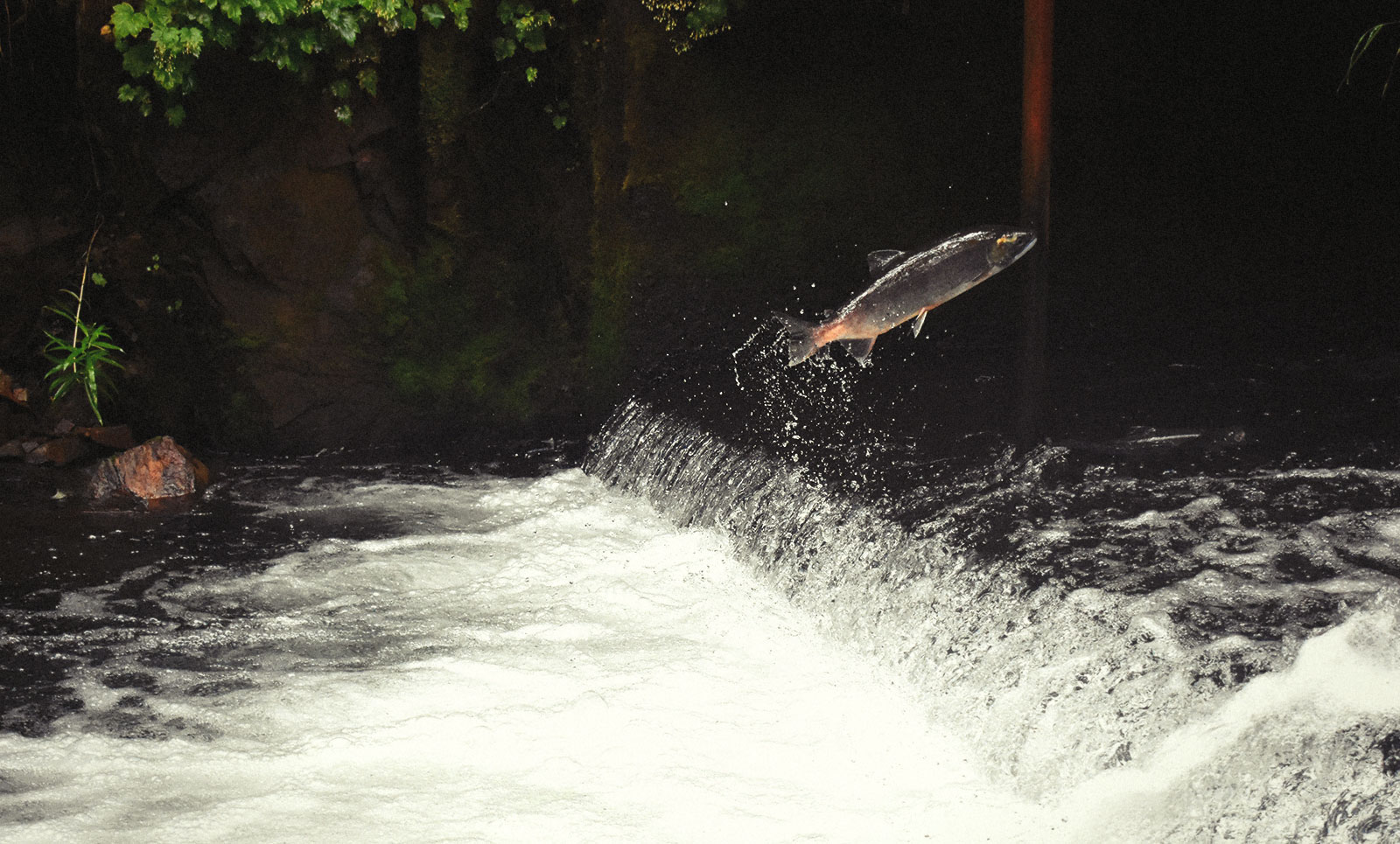
Years ago, while attempting to slice up some Salmon, I just knew there was something (particularly) fishy about it.
I called out to my partner (DMF) and said — more or less:
“You know what?”
“I don’t think Salmon actually contains much, if any, Omega-3 anymore — or Astaxanthin, for that matter.”
Note: Astaxanthin is a carotenoid pigment (an antioxidant) that should be responsible for Salmon’s lovely orangey/pink colour.
“And, what’s more”, I said.
“I feel Salmon isn’t very ‘protein-y’ anymore — it’s like the fish isn’t in very ‘good shape’ from all the swimming it should be doing. It’s more blubbery than anything”.
“Salmon just doesn’t look or feel very clean, structured or healthy anymore.”
Note: I was pretty much having this conversation, out loud, to myself. As DMF, to be honest, wasn’t really listening… not until I confirmed my suspicions with Google — then he started paying attention. Sheesh.😏
I was saying all of this because for a long while I had noticed that the colour of Salmon appeared a non-distinct ruddy ‘pink-ish’ colour, and because it looked and felt like ‘gluggy’ jelly when I looked at it in disgust and poked at it with my knife…
Note: I don’t buy ‘Atlantic’ Salmon out of principle because it looks ‘anaemic’ — all pale & washed out.
Wild Salmon get their orangey/pink colour from eating krill and other crustaceans. They also derive their Omega-3 from the algae and other marine plants found in the fish they eat.
Whereas most New Zealand Farmed Salmon obtain their colouring from a supplement (an artificial pigment) — and they obtain their Omega-3 from a pellet.
Note: It had taken me a good long while to get my head around the fact that Salmon wasn’t being caught from our oceans anymore. I too thought it was ‘seafood’ and that it was caught freshly on a daily basis… I really think we should have all been sent a memo about this change!
Back in 2013, our consumer ‘watchdog’, Consumer NZ, actually tested five brands of smoked Salmon. The report accused New Zealand Salmon farmers of overstating levels of healthy Omega 3 oils in labels on five smoked Salmon products.
I can’t help but mention these further concerns about Salmon farming — because you are what you eat after all.
Animal welfare:
— Overcrowding in their enclosures leads to stress
— Poor nutrition and water temperature issues contributes to skeletal deformities.
The Potential USE OF vaccines:
To treat ‘new and emerging’ bacterial infections in the Salmon.
Hormones & Drugs
Salmon hatcheries routinely use veterinary medicines in their breeding programmes:
— Hormone-inducing agent (GnRHa), and
— testosterone (17-methyl testosterone).
At some farms, a veterinary medicine called AQUI-S may be used as an anaesthetic prior to sampling or harvesting the fish. (Once anaesthetised, the Salmon are killed with a blow to the head.)
Note: Approved slaughter methods include leaving the fish out of the water, electrical stunning and ‘brain spiking’.
Environmental concerns:
Raised copper and zinc levels, and nutrient enrichment caused by fish waste leading to harmful algal blooms which can have severe impacts on human health, aquatic ecosystems, and the economy.6

Clearly, Consumer NZ can’t test every batch of Salmon that these companies produce… Therefore, might I suggest that you batch test yourself, using the following highly reliable testing methods:
Use your senses
You just need to look at, smell, touch and taste what you’re eating and trust your instincts — listen to that small voice within when it tells you that something is ‘up’.
(Mass) New Zealand farmed Salmon will have obvious white, fatty streaks running through it.
Note: In the image directly above…
The second piece down, looks ‘bloated’ and unhealthy. And, the last two pieces – look at all that rubbery fat on the ends of them! Is that even edible? I think not – it wouldn’t be very pleasant to consume this stuff; especially given that it wouldn’t contribute to your good health.
USE YOUR COMMON SENSE
It’s fair to say that we are what we eat — and what our food eats. Therefore, if our Salmon primarily eats animal products, then rather than being a good source of Omega-3… instead it is a good source of saturated fat!
Note: If our NZ farmed Salmon subsist on an artificial/processed diet, just how much undesirable Omega-6 are they consuming – and us too, as a consequence…?
Salmon should be pink/orange in colour.
It should be lean and ‘clean’.
And, it should cut like butter and melt-in-your mouth.
Not being a Fisher-person and all…
I didn’t know that Salmon are seasonal!7
Supermarkets really do have a lot to answer for…🤪
In New Zealand the main Salmon fishing season runs from January to mid April.
Clearly then, if you buy Salmon outside of this time-frame, it will be farmed. (Or frozen.)
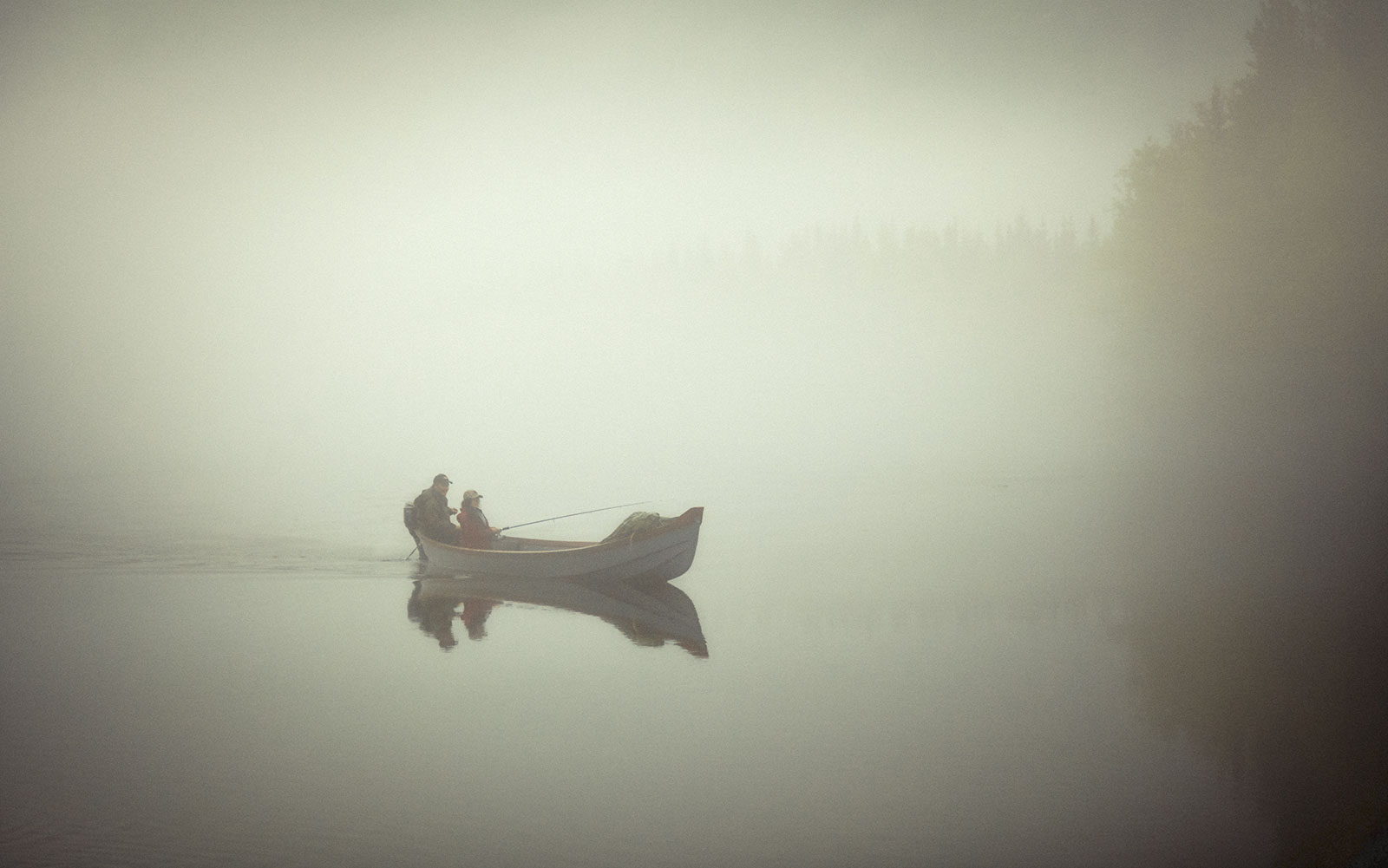
Hi Lisa,
By way of introduction, my name is Sarah – I work here at Pead PR for New Zealand King Salmon (NZKS).
We spotted your blog on Farmed Salmon and wanted to share a few details on NZKS’ product as a FYI. Seeing as your blog goes so in depth into this industry, we thought this may be of interest to you 😊
Salmon farming is one of the most efficient forms of animal production in the world. Globally it is a sunrise industry that produces low CO2 emissions compared to the farming of other protein sources. NZKS’ current farms operate on a very low environmental footprint, which have seen the company achieve global recognition from the highly respected Seafood Watch program, where NZKS has become the first and only ocean-farmed salmon to achieve the Green/’Best Choice’ rating.
It’s also worth noting that there aren’t any wild salmon suppliers here in NZ, so any salmon bought would be farmed salmon.
I noticed you were interested in the amount of Omega 3 in salmon products. NZKS gets its fresh salmon tested for total fat and fatty acids every month. The average results for 2018 for 3-6kg gutted and gilled were:
Omega 3 = 3.18g/100g
Omega 6 = 3.24g/100g
Then we spotted your comment around the assumption that salmon aren’t fed seafood due to sustainability and wanted to clarify reasonings around feeding salmon animal protein.
The reason animal based protein is used in salmon food is because there is only a limited amount of fishmeal available (fisheries are limited, and there is a growing need for more fish). The feed industry uses by-products from animals which are grown for human food – these by products are highly digestible and are a great use of what would otherwise be a waste stream. From an animal’s point of view – it does not matter where the protein comes from, as proteins are broken down into amino acids, then re-built in the form that the salmon needs.
Finally, I wanted to touch on your point on overcrowding in salmon farms. NZKS farms are 98% water, 2% fish. The company is however campaigning to have salmon farms relocated to open ocean sites, like what is currently used in Norway. I encourage you to read more about open ocean farming and the interim goal of potential relocation of NZKS’ farms here.
If you’re ever in the Marlborough region, NZKS would love to host you on a familiarisation tour of their farms and sites to demonstrate their farming practices.
Do let me know if you have any questions on the above.
Kind regards,
Sarah
Account Manager
Hey Sarah
Thank you for your email – it’s appreciated.
The real focus of my blog-post was essentially on the end-product.
I completely understand that your farming method is currently ‘as good as it gets’ – and that you’ll continue to improve things in this area.
I also understand that all of this may be necessary to meet consumer demand.
However, what I do have a problem with (as do the many people I have discussed this with) is the ‘hush hush’ of it all – we have not been given full and complete information in which to make a real purchasing decision. (We have just been ‘distracted’ with pristine images of the Marlborough region.)
Regardless of whether the Farmed Salmon’s diet is ’nature identical’ or sustainable or not… we were not informed about the animal products being used in this conversion process.
Consumers, more than ever, are ‘greedy’ to know where their food is coming from.
People feel that they have been deceived by the Farmed Salmon industry.
Questions for you (or rather, NZKS), thank you
1) You say, NZKS gets its fresh salmon tested for total fat and fatty acids every month – that’s fabulous!
Can I get a copy of the TOTAL fat breakdown, please.
(Maybe from a few different months – so that I can compare these?)
2) What has happened to our wild Salmon population?
Thanks again for your email.
Best,
Lisa
Hi Lisa,
Adam Hicks here. I’m the communications manager for Aquaculture New Zealand. We are the industry representative body for the country’s mussel, salmon and oyster farmers.
I’m writing in response to your blog ‘I’m slamming farmed salmon’. I appreciate your concern about the salmon farming industry so there’s a couple of things I wanted to clear up.
Firstly, a quick history of the New Zealand industry: King salmon were introduced into New Zealand in the early 1900s as eggs from the Sacramento river in California, to establish a recreational fishing run. Commercial farming of the species began in the ‘70s and that paved the way for a retail supply to New Zealand customers. There has never been a commercial wild New Zealand salmon fishery nor a retail supply of wild New Zealand salmon. It is actually illegal to buy or sell wild salmon caught in New Zealand so the chances are that the salmon you’ve been buying in New Zealand has always been farmed – unless you’re buying tinned salmon. So rest assured you haven’t missed any memos on this.
While aquaculture is a relatively new primary industry, there is nothing new about domesticating wild animals (cattle were domesticated over 10,000 years ago) for food security, safety and consistency. You don’t see hunted pork or foraged apples in the supermarkets these days as the majority of produce available in supermarkets in the western world is raised/grown on farms and given nutrients by a farmer.
Wild fish is of course the exception to this, but wild stocks alone are not a long-term sustainable solution to feeding the word. Wild harvests have been stagnant for the past 10-15 years as fisheries are maxed out or declining, while at the same time as demand for quality, safe seafood is sky rocketing as the global population expands. Aquaculture has evolved as genuine solution to filling this void.
You made it clear you’re not concerned about these sustainably issues, so I won’t labour these points (except to say that New Zealand aquaculture is one of the most sustainable and most efficient forms of protein production on the planet) but your google research into salmon feed needs further context. As you rightly pointed out, NZ salmon are fed a carefully blended diet, from responsible producers like Skretting, Ridley and BioMar. These companies have invested hundreds of millions of dollars researching salmon to understand their optimum diet for health and growth. These diets include terrestrial proteins (some of which is by-products from meat industries) and although this might make your ‘butt clench’ the people who create these diets celebrate it as a terrific story of sustainability. We investigated this subject for our industry magazine in Feb 2017, which involved interviewing Dr Leo Nankervis from Skretting who’s dedicated most of his career on this subject. No one knows more about fish nutrition than Leo and this is what he said:
“The basis for our work is to make sure that everything that’s required for the fish is there – for optimal growth, welfare and quality at the end,” Dr Nankervis said.
“From there we look at ways to optimise sustainability and cost within those boundaries.
“A lot of the work we do is understanding the raw materials and what the fish need from those raw materials.
“The fish don’t require raw materials, they require nutrients, so we need to know what nutrients the fish needs and the best way for them to get it. “
“We’re making an appropriate use of limited resources and keeping valuable nutrients in the food chain,” Dr Nankervis said.
“Humans are very selective about what part of an animal they want to eat. “But there are some really valuable nutrients in the so-called waste food chain that’s left over – like feathers, frames, viscera and blood etc.
“What we do is take elements that would typically go to waste, and release the nutrients in a form that salmon are able to utilise.
“It’s making the most of nutrients available – which is responsible food production.
“If we are going to feed more and more people, we need to be utilising feed sources that are available. Just because it’s not part of human feed sources doesn’t mean we shouldn’t use it. We need to be targeting more food sources that would not otherwise make it into the human food chain.”
“Feathers by themselves aren’t bioavailable. When cooked under high temperature and pressure and ground into meal, it releases valuable nutrients that we can utilise as good feed ingredients,” Dr Nankervis said.
“It doesn’t matter to the fish where the protein comes from. They digest it and assimilate it into fish proteins according to their own genetic code. As long as traceability and food safety are there, it is a perfectly legitimate food source and a clever use of resources.”
And the proof is in the eating – both the feed and the fish.
“We have studied everything you could possibly think of that could go wrong and found nothing,” he said.
“Salmon love to eat the feed. They grow at least as well as those with a higher fish-meal diet. We’ve analysed every single element of the fish health you could imagine, as well as the quality of the finished product and can confirm there are no discernible negative impacts to the animal or the quality of the finished product.” And while marine resources remain ingredients in their feed, Skretting will only purchase them from sustainable sources.
“Skretting Australia utilise several sources of marine ingredients. Two of our main sources are South American anchovies, and by-products of responsible tuna fishing sectors,” he said.
“The Peruvian anchovy fishery is one of the best managed fisheries in the world. They have a strong focus on the health of the fishery and have successfully combined stock monitoring with a quota system that limits catch volume and reduces juvenile catch rates. The consequence however is that this fishery is limited in volume and suitable alternatives are required, whether they be other fish meal sources or other proteins. “We also utilise the by-products from various tuna fisheries, but exclude threatened or endangered species. Again, these are by-products of the human food chain that would otherwise go to waste.”
The feed also contains essential nutrients, which I can confirm includes astaxanthin which NZ farmed salmon get their colouring from.
“Astaxanthin is an integral part of their lifecycle and essential nutrient for the fish,” Dr Nankervis said. “It would be really unethical to not have it in their feed because we would be compromising the health of the fish dramatically. “If you don’t have it, salmon are much less robust and immune system compromised. If you limit it, their protection is limited. “The reason it gives salmon colour is because they have a natural ability to take it up and deposit in their flesh as a natural protection against disease. It also plays an irreplaceable role in their natural reproductive cycle, ensuring egg quality and survival.”
I agree that you shouldn’t be recommending NZ salmon as a dietary source of iodine – and the industry has never suggested that you should (although, as a sideline NZ Greenshell mussels are an excellent source of iodine.)
With regards to the culinary aspects of your blog, I’m sorry to read it was not to your tastes, but there are plenty of people who love it and quality chefs around the world seek out New Zealand salmon for the same reasons you’ve slammed it: rich marbeling, high fat, buttery texture. The piece of salmon you’ve taken exception to, is a cut from the belly of the salmon which is naturally higher in fat to cushion the organs of the fish. I personally prefer the leaner cuts, but these pieces are considered a delicacy in Japan.
But culinary disappointment aside, I’m alarmed to read your remarks in the comments section inferring that salmon is making people sick. I’m keen to understand the your reasons behind these comments and would appreciate it if you could share the evidence you have to support this.
As I said in the beginning of this letter, I do appreciate your concern about the industry and welcome any questions you might have about it. We’re quite open about the issues you’ve raised and would be happy to address them in person. The next time you’re in Marlborough, I’d be happy to arrange a farm visit for you and put you in contact with the experts in this field. In the mean time please feel free to contact us if you want to discuss any of this issues.
Kind regards.
Adam Hicks
Communications Manager
Hey Adam
That was very interesting to read about the history of Salmon.
I get it – don’t worry; Aquaculture is a necessary ‘evil’…to feed the world 😉
However, I do believe consumers should have been informed about this – what it actually takes to bring Salmon to the market.
We have not been given full and complete information in which to make a real purchasing decision. (We have just been ‘distracted’ with pristine images of the Marlborough region.)
Regardless of whether the Farmed Salmon’s diet is ’nature identical’ or sustainable or not… we were not informed about the animal products being used in this conversion process.
Consumers, more than ever, are ‘greedy’ to know where their food is coming from.
People feel that they have been deceived by the Farmed Salmon industry.
Can I please get the actual breakdown of the amount of iodine in your mussels, please?
It would also be helpful to ease my worried mind, if I could see a breakdown of the total fat content of your Salmon. (Not just the Omega 3, please.)
You say, “I’m alarmed to read your remarks in the comments section inferring that salmon is making people sick” – I’m not sure what you’re actually referring to?
Please clarify.
I appreciate you emailing me.
Best,
Lisa
Larry Burke, who manages NZ Salmon Anglers Association – Inc , informed me (in response to this blog-post) that there is no harvesting of wild Salmon in this country.
He said there are not enough wild Salmon in New Zealand to make it commercially viable. And that this ‘type’ of Salmon is purely a sports fish in this country.
Note: His full comments are below – in the comments section.
NZKS told me, via their PR company, “There aren’t any wild Salmon suppliers here in NZ, so any Salmon bought would be farmed Salmon”.
You’ll also hear (more fully below) from Adam Hicks – he’s the Communications Manager for Aquaculture NZ.
However, he really sums it up with this statement, “There has NEVER been a commercial wild New Zealand Salmon fishery nor a retail supply of wild New Zealand Salmon…”
Note: WTAF? Never ever…ever? Don’t you worry, I’ve already formulated a reason why I believe, that regardless of this piece of information, that there has been a noticeable decline in the quality of our ‘Salmon’ – I just have to flesh it out more fully! I’ll share my theory in another blog-post x
Lisa Fitzgibbon is a degree qualified (2006), experienced and registered Naturopath & Medical Herbalist. She runs her own private practice – OOMPH in Grey Lynn, Auckland, New Zealand.
Lisa has been involved in the Natural Health industry for 16 years. She draws on her professional training and experience, as well as her own personal experience to bring you realistic, holistic health advice.
Book onlineHalf Of Fish Consumed Globally Is Now Raised On Farms, Study Finds Science Daily, September 8, 2009.
https://www.healthyfood.co.nz/advice/how-do-they-produce-salmon
https://www.consumer.org.nz/articles/farmed-salmon#article-heated-debate
https://www.consumer.org.nz/articles/news-king-salmon-farms-fail-guidelines
www.salmon.org.nz/sustainability/feed-2/
http://www.stuff.co.nz/marlborough-express/editors-picks/9255832/Consumer-NZ-Farmed-salmon-not-naturally-in-the-pink
http://www.stuff.co.nz/marlborough-express/7644194/Fish-fed-poultry-oil
https://safe.org.nz/fish-farming-new-zealand
https://www.consumer.org.nz/articles/farmed-salmon
http://www.flyfishingnz.co.nz/salmon-fishing-nz.htm
Subscribe to LISA SAID SO
Subscribe to the LSS newsletter to get updates on a very irregular basis.
Sorry for the interruption!
You seem to be interested in what Lisa has to say. To be updated when new articles are published, or we have news to share, enter your email below. Thanks!